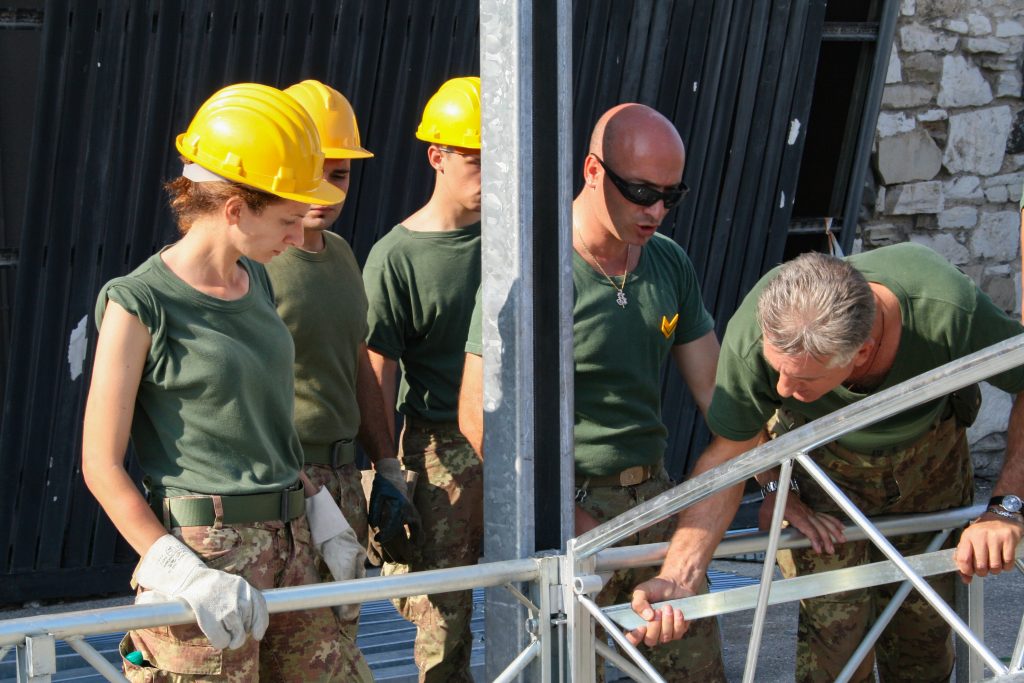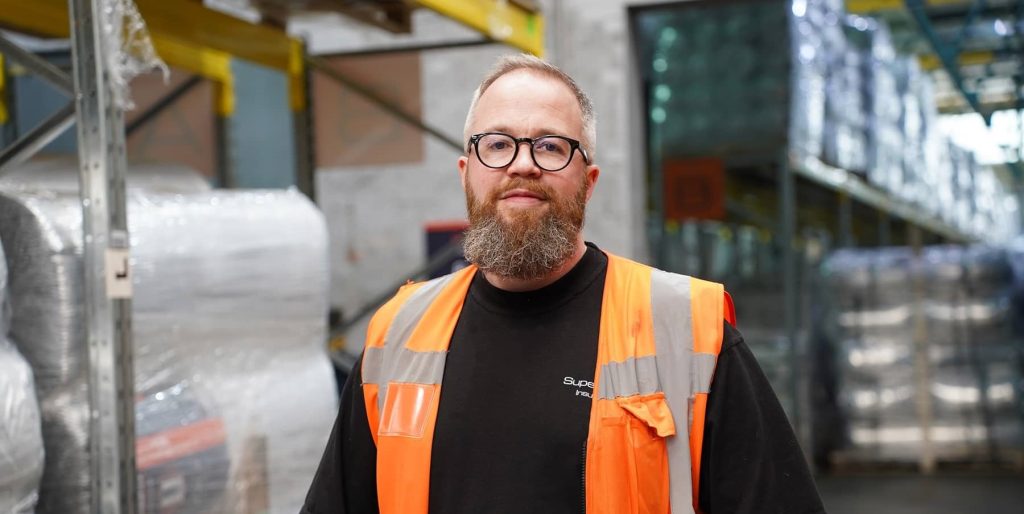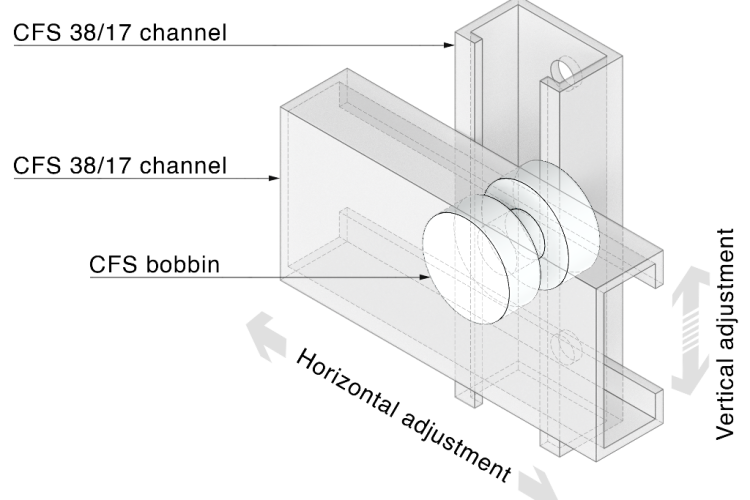COP26 will be all about the price-tag but we can’t forget the tech
COP26 is currently ongoing in Glasgow and is one of the most significant meetings of world leaders in human history. Nick Gander and Rod Davies of Energy Carbon argue that they quickly need to move past the question of who foots the bill, and instead focus on the cutting-edge tech that will deliver net-zero by 2050.
You could be forgiven for not realising that we’re three months away from one of the most important and potentially impactful events of the decade.
In November, COP26 – the 26th UN Climate Change Conference – is coming to Glasgow, at a make-or-break point in global efforts to prevent catastrophic climate change.
The consensus now seems to be that the 2020s will be the pivotal decade in the fight against climate catastrophe.
With this in mind, the British organisers of COP26 have set themselves three key tasks they want to achieve.
One, to set the world on a path to global net-zero by 2050, and limit global temperature rises to less than 1.5°C above pre-industrial levels.
Two, help countries adapt to the fast and frightening climate change they’re seeing already.
And three, ensure that developed countries raise the $100bn a year it’s been calculated will be required to make net-zero a reality, as well as pressure the financial sector to back this up with lending.
Less talking, more doing
Perhaps unsurprisingly, it’s number three, the money, that’s likely to prove the biggest and thorniest issue of the lot.
Worldwide decarbonisation is going to be unimaginably expensive. And someone has to foot the bill.
But while it’s undeniably a good thing these conversations are going to be had, in a way, it’s depressing that this is the stage we’re still at.
Really, these are things that should’ve been decided twenty years ago. We should be well into a comprehensive, worldwide process of rapid decarbonisation by now. But in actuality, we’re still talking about doing, rather than actually doing.
And while ball-park budgets have to be set, especially when those budgets are as scarily vast as the ones required in this instance, it still strikes us as strange that we’re about to see all this talk about money, without much of an idea of exactly what it’s going to be spent on.
In our own area of expertise, heating, there’s a mountain to be climbed if we’re going to achieve the sort of drastic leaps in sustainability we’ll need for the world to hit net-zero in time (globally, heating is responsible for nearly half of all energy use, and 40% of the energy-related carbon dioxide we pump into the atmosphere).
But we’re still miles away from seeing concrete proposals for how those leaps are going to be achieved.
As a country and as a world, we need to be investing extensively in a whole range of different sustainable heating technologies, suited for every scenario where heating’s needed.
Some of the products with the biggest potential to change the way we heat spaces for the better are still relatively unknown. These need to be rapidly brought into the limelight – we’d include the sort of quick-to-install, sustainably-made far-infrared heating products we provide in that category.
And some of the heating technologies that will help take us to 2050 probably haven’t even been invented yet.
Arguing over the bill will inevitably be a major part of COP26. But at the conference, and in the months and years that follow it, it’s vitally important that we don’t forget the tech, too.




















